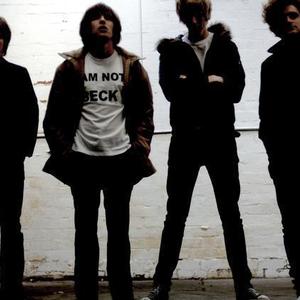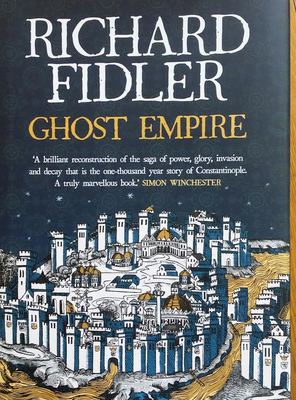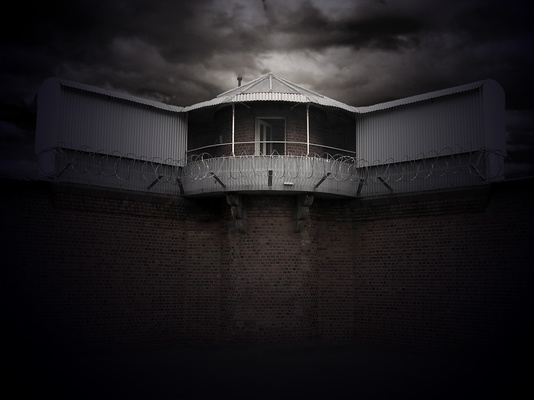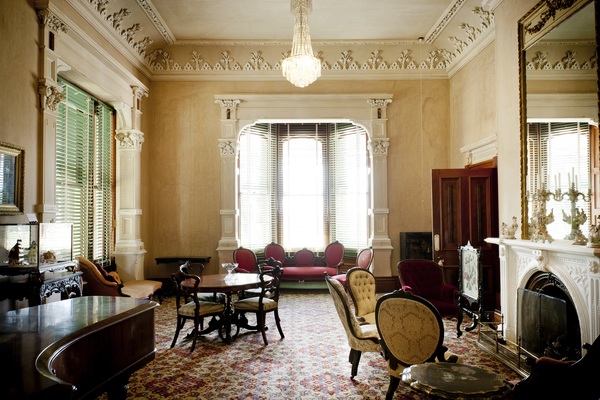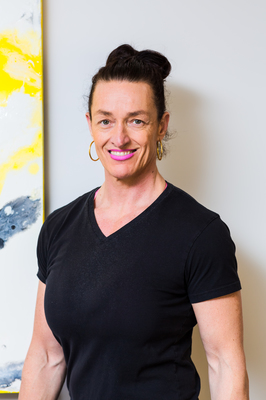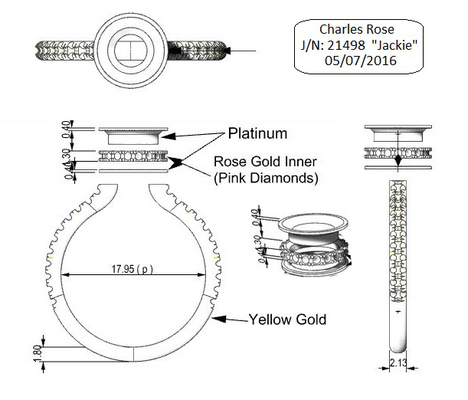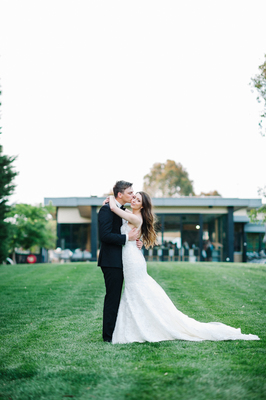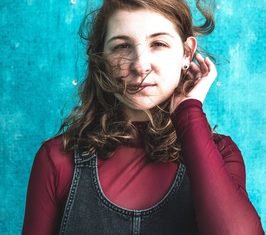Birregurra’s Kazbah Coffee Roasters’ step by step guide to the full roasting process.
1. Green Beans
At the beginning of each batch, raw green coffee is loaded into the roaster. Once the roaster reaches temperature the batch is dropped into a spinning, hot drum to begin the roasting process.
2. Process
Each coffee has a precise final temperature and time of roasting, both developed through a mixture of intuition and experimentation.
3. Mixer
The green beans have turned to brown during the roasting time and are then cooled in the cooling tray ready for packaging.
4. Packaging
The beans are then bagged and delivered fresh to every customer on a weekly basis.
5. Serving
Fresh Kazbah Coffee roasted weekly and delivered to clients’ doors. Nothing’s better than the perfect cup of coffee.



